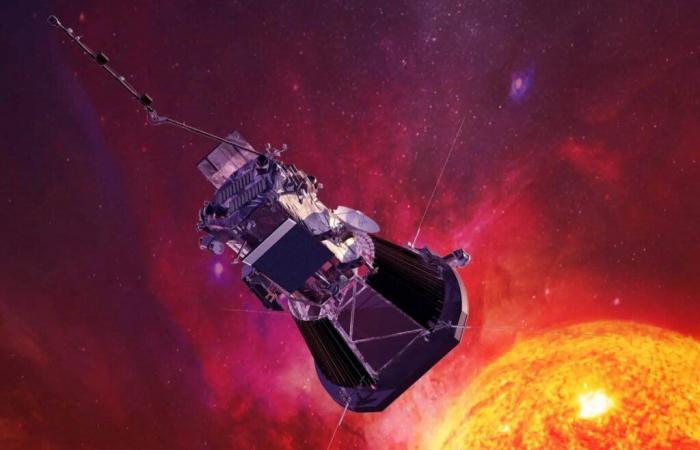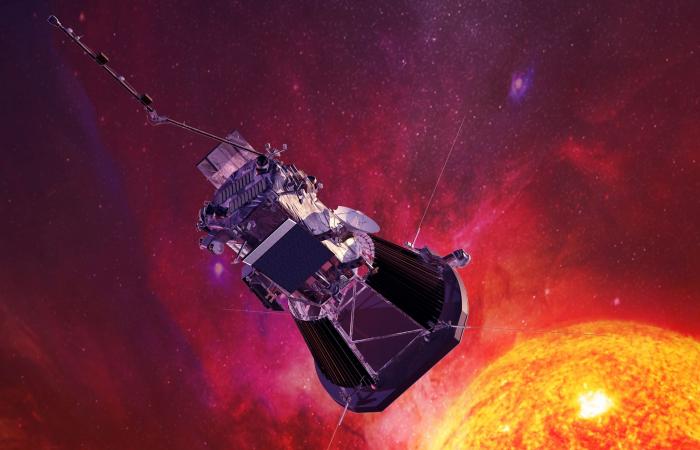The Parker Solar Probe of the NASA is preparing for a historic event: next Wednesday, it will perform the last flyover of Venuswhich will allow it to set a new record as the closest human-made object to Soleil. Indeed, on December 24, the probe will reach a distance of only 6.1 million kilometers of our star.
Launched in 2018the Parker Solar Probe has gradually reduced the distance of the Soleil, using the gravitational assistance of Venus to orient towards its final orbital configuration around the star. The approach missions of Venus of 2020 et 2021 made it possible to collect valuable data on the planet thanks to Wide-Field Imager for Parker Solar Probe (WISPR).
In particular, when hovering over 2020WISPR revealed a surprising ability: successfully penetrating the dense cloud atmosphere of Venus and observing details of the surface.
This discovery allowed scientists to monitor changes in the planet's cloud cover, providing new insights into its atmospheric dynamics. In the meantime, the October 3, 2024l’Solar Dynamics Observatory recorded a class solar flare X9.0which emitted an intense luminosity at the center, visible thanks to the interaction between the wavelengths 171 et 131 angstrom from extreme ultraviolet light.
These phenomena are fundamental to understanding solar activity and its effects on the space weather. After the last pass on Venusthe Parker Solar Probe will enter the final phase of its mission, gradually approaching the Sun like never before for a human device.
Since its launch in 2018, when it was initially positioned at approximately 42.6 million kilometers from the Sun, the probe continued to break records for closeness and speed, and is now preparing to reach a distance approximately seven times less. To withstand such an extreme environment, the Parker Solar Probe is equipped with a robust composite shield in carbone of 11,43 cm thick, capable of withstanding temperatures up to 1371°C. During its final approach, planned for the Christmas Evethe probe will sink into the solar plasma flows, so close that it will immerse itself in a real solar flare.
In a suggestive image, this rapprochement can be compared to a surfer who slides under a gigantic wave, a feat which will make it possible to obtain unprecedented data on the solar crown and the magnetic activity of the Sun. Thanks to its advanced instrumentation and ability to withstand extremely high temperatures, the Parker Solar Probe will allow studying the energy processes andthedynamics of solar wind like never before.
These data are crucial to better understand the space weather and its effects, which can influence the Terreles satellites and the communications.
Our Meteo Giornale articles are on Google News, follow us for free!


Follow our feed!








